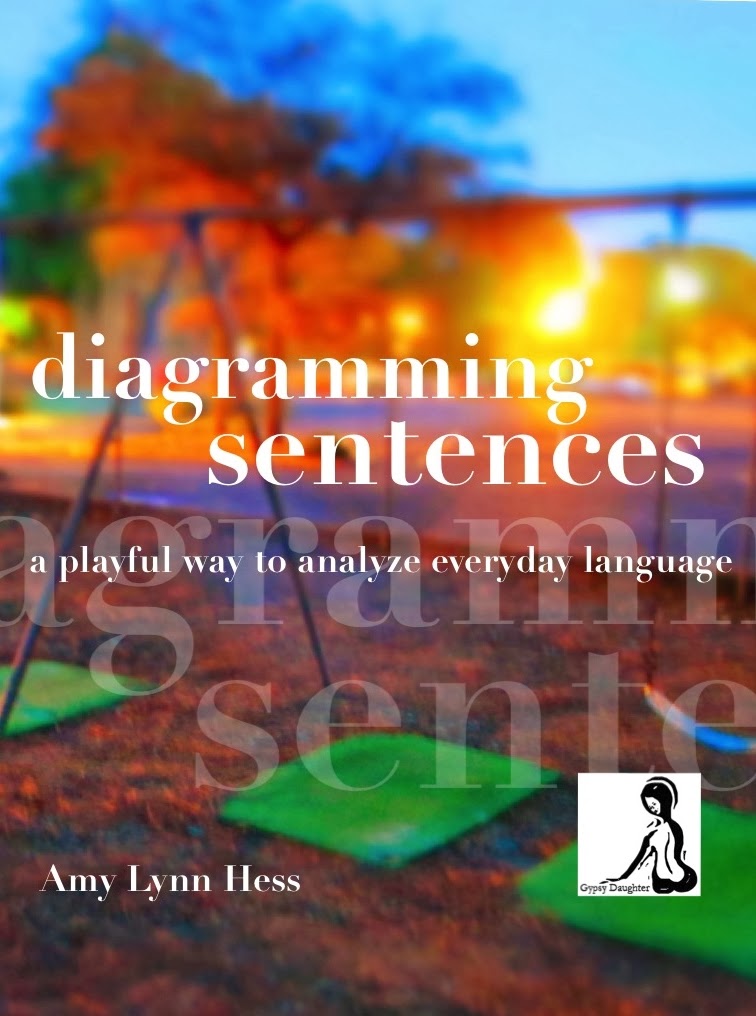What's an Object Complement?
 |
| The object complement is a noun or adjective that follows the direct object. |
An object complement is a word in a sentence that either renames or modifies a direct object. That means the object complement is always going to be a noun or adjective that follows the direct object.
Can you identify the object complement in the following sentence diagrams?
Remember, the object complement
- Renames or modifies the direct object
- Is a noun or adjective
- Follows the direct object
Example One
Jorge painted his kitchen green.
The first step is to identify the main parts of the sentence. Jorge is the subject, painted is the verb, and to find the direct object we ask "painted what?" The answer is kitchen. The object complement, then, will be a noun or an adjective that follows the direct object and tells us more about the kitchen. In this sentence, the object complement is green.
![To find the direct object, ask yourself "[Verb] what?" The answer is the direct object.](https://blogger.googleusercontent.com/img/b/R29vZ2xl/AVvXsEg5v1ACx3hoFPbUZHBv5Jzi7EdS954AwyKAGZgXdtW0S2lky2SF-5hVzMa4Qdt956KEUAwBQjVDaGgPFvh8YYxdcGEB5QbCOLEBsEISm9Wl061tlKrvLRWlC6IYfW7zUYbnEtXmkTa1Qb8/s1600/Slide2.JPG) |
| Jorge is the subject, painted is the verb, and kitchen is the direct object. |
Example Two
Jack considers Thomas a worthy ping pong partner.
In this second example, Jack is the subject, considers is the verb, and Thomas is the direct object. However, unlike the first example sentence, this sentence has five words that follow the direct object. We must determine which of those five words tells us more about Thomas. When we analyze the adjectives more carefully, we see that they each describe partner, not Thomas. Therefore, partner is the object complement. Partner is a noun that follows and renames Thomas. |
| To diagram an object complement, place it on the base line and use the backslash to separate it from the direct object. |
Example Three
The fire chief declared the apartment safe to enter.
In this third example, chief is the subject, declared is the verb, and apartment is the direct object. In this sentence, the direct object is followed by an adjective and an infinitive used as a modifier. Since the infinitive, to enter, is describing the way in which the apartment is safe, we are left with safe as the object complement. |
| The object complement will always follow the direct object. |
To summarize, finding the object complement in a sentence requires us to remember only three rules. First, the object complement must be a noun or an adjective. Second, it must rename or modify the direct object. Last, but not least, it must follow the direct object. Once all of the parts of a sentence are placed in diagram form, it is easy to see how the object complement interacts with the rest of the sentence to offer us more information about the direct object.
Want to learn more about grammar or diagramming sentences?
To enroll in my video series, sign up for a free Udemy account and register for my class, Diagramming Sentences: From Beginner to Expert in 12 Lessons.



Comments
Post a Comment